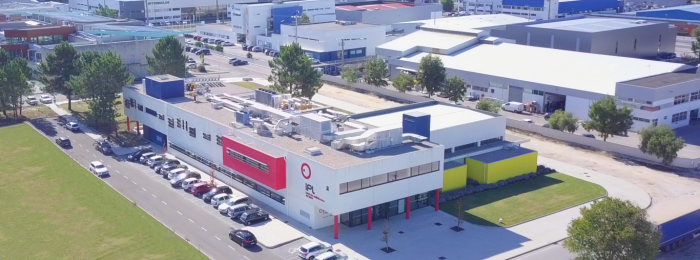Multiscale Reverse Engineering
Reverse Engineering is the process of reproducing a 3d object by using a detailed examination of the shape, construction and composition of the part. Most 3d replicators or reverse engineering facilities reproduce the external shape. Clearly copying the shape of a hand does not reproduce the function of a hand.
The Reverse Engineering Laboratory is the home of an exciting project at CDRSP which looks to the future where we will be able to capture all relevant scales of complexity and composition so that we can replicate function and not just form.
The current Reverse Engineering Laboratory contains a high speed shape scanning system using multiple cameras. Later this year it will house a TESCAN Scanning Electron Microscope equipped with an elemental analysis system which will be able to provide metrology information down to the micrometre and 10s of nanometre scale as well as compositional variations.
Current work is focused on bridging the gap between the macroscopic scale and the microscopic scale. The Reverse Engineering Laboratory form part of a larger project at CDRSP – The Universal printer which is developing a framework for describing multimaterial multiscale complex parts which is critical to manufacturing such complexity.
 |
Laboratory 360 view ( Must log in your Google account for a 360 view ) |
REVERSE ENGINEERING AND METROLOGY

|
|
Computer-aided design
|
|
Computer-aided engineering
|
|
Computer-aided manufacturing
|
|
Other software tools
|
|
| White light 3D scanning system ( Steinbichler – COMET 5)
The scanning white light technique structured allows non-contact 3D scanning. Projects with this device are designed in various industrial fields, for example: |
|
 |
|
|
|
Work examples |
|
| CMMs (MicroScribeMLX) | |
 |
|
| The contact-based methods have the principle of using a contact probe to touch the part that acquires the coordinates of where the probe touched. |
|
| Haptic system (Sensable Chameleon)
A force feedback device that enables the user to manipulate / play with the block of material and model it virtually as if to carve a piece / statue. To position the workpiece in 6 degrees of freedom and has force feedback in three of the same. |
|
 |
|
Work examples |
|
| Thermografic Camera (Flir)
Equipment used to view temperature levels without contact. It is used to inspect, for example:
|
|
 |
|
Work examples |
|





